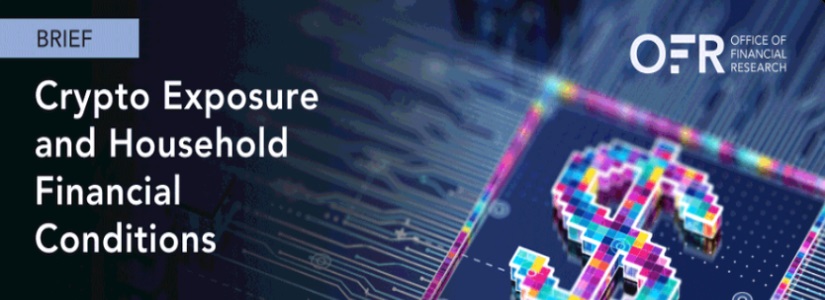TL;DR
- Cryptocurrency gains are enabling low-income households to access larger mortgages, particularly in areas with high exposure to crypto assets.
- Between 2020 and 2024, the average mortgage balance in these areas increased from $172,000 to $443,000, accompanied by higher debt levels in loans and credits.
- Although delinquency rates remain low, experts warn of future risks due to high leverage and dependence on volatile financial assets.
A recent study conducted by economists at the United States Department of the Treasury has revealed that low-income households are using gains from cryptocurrency investments to finance mortgages and loans.
This phenomenon, observed particularly in areas with high exposure to crypto assets, represents a shift in housing access for these families, although it raises concerns about potential financial risks in the future.
The study found that in areas where more than 6% of households reported income related to cryptocurrencies, there was a significant increase in the proportion of mortgages and loan balances.
Cryptocurrencies: An Opportunity for Economic Growth
Between 2020 and 2024, the average mortgage balance in these areas grew from $172,000 to $443,000, while increases were also reported in auto loans and other forms of debt. According to the researchers, gains from selling crypto assets have allowed low-income families to access larger mortgages by providing higher down payments.
However, this growth in borrowing is accompanied by debt-to-income ratios above recommended levels, which could create economic vulnerabilities in the future. Although delinquency rates in these areas remain low, experts warn that deteriorating economic conditions or a downturn in markets could trigger financial problems. This risk is particularly concerning if high financial leverage impacts institutions deemed systemically important.

New Borrowing Patterns
The report also highlights how total household debt in the United States reached a record high of $17.9 trillion in the third quarter of 2024, driven primarily by mortgages, auto loans, credit cards, and student debt. In this context, areas with high exposure to crypto assets represent a microcosm of this dynamic, where access to new sources of capital has transformed borrowing patterns but also introduced new levels of risk.
Although there are currently no significant signs of financial stress among these households, researchers emphasize the importance of closely monitoring the situation. High leverage levels and dependence on income from volatile assets like cryptocurrencies could become a challenge to economic stability, especially if these patterns are replicated on a larger scale
